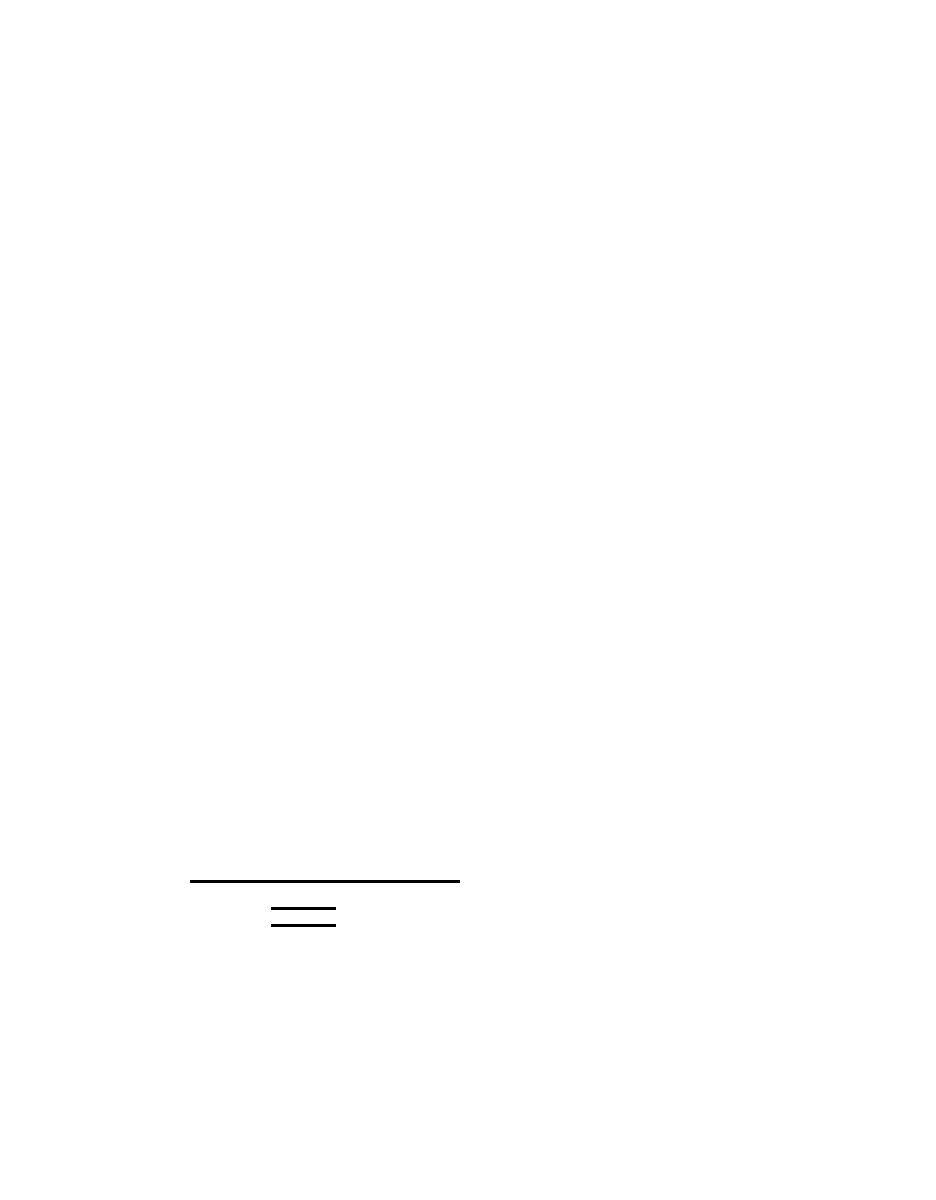 |
|||
|
|
|||
|
|
|||
| ||||||||||
|
|  TM
11-5820-919-40-1
chips, and gouges are not
3.
Cracks,
The repair of circuit cards
3-18.
acceptable on
the contact strip edge of
requires proper tools and careful work
the board.
habits. Excessive heat when soldering,
or undue force applied to components or
4.
Cracks or chips should not extend
to the circuit card, can seriously dam-
from
one conductor to another conductor.
In general, the fol-
age the assembly.
lowing precautions should be observed:
Delamination of
the
base
material
5.
is not acceptable.
Never try to save a component part
1.
CIRCUIT CARD ETCH STANDARDS.
at the possible expense of damaging a
Circuit card etch standards are as
circuit card. Most component parts can
follows :
be clipped from the circuit card. When
clipping the defective part, be careful
Cracks, pits, or voids in the
1.
to protect the printed circuit conductor
contact strip area are not acceptable.
(etch) and other component parts.
2.
Scratches which
expose
the
copper
are not acceptable.
3.
Cracks , pits, or voids in any etch
A vacuum resoldering unit should
2.
which reduce the conductor by more than
be used, if available, to remove the
20 percent are not acceptable. No
leads of a clipped part. The technical
defect should reduce the conductor to
manual for the vacuum resoldering unit
less than 0.010 inch.
contains operating procedures for the
Basically, the vacuum resoldering
unit.
4.
Lifting of a conductor above the
a high flow
unit operates as follows:
surface of the board is not acceptable.
hole, across the pads and around the
5.
Reduction in the area of any pad
leads to remove the solder and cool down
in excess of 25 percent is not accept-
these areas to prevent resweating of the
able. Cracks, pits, or voids should not
lead. At the same time, the temperature-
extend to a plated-through hole.
controlled resoldering tip, which ini-
tially provided the heat to melt the
STORAGE AND HANDLING OF CIRCUIT
solder, is cooled rapidly by the air
CARDS . When stored, circuit cards
flow to prevent further heat from being
Once the air
should be wrapped individually in poly-
applied to the workpiece.
flow is stopped, the tip heats up rap-
ethylene bags, or equivalent, and
Other objects
idly for continued vacuum resoldering.
stacked in storage pans.
The coaxial, in-line design of the hand-
should not be placed in the storage pans
with circuit cards. Avoid touching the
piece allows molten solder and clipped
leads to be drawn into the heat-resistant
circuit card surface with bare hands or
fingers. Handle the circuit card by its
chamber where solder is solidified.
edges.
Exercise care when using a sol-
CIRCUIT
CARD
REPAIR
PROCEDURES.
3.
dering iron to remove the leads of a
clipped part, to connect a new part, or
WARNING
to service the circuit card itself.
Vapors emitted during certain
Circuit cards are easily damaged by
Prolonged application of heat
circuit card repair procedures
heat.
may be irritating to personnel.
will destroy the adhesive quality of the
Always perform circuit card
bonding agent that holds the printed
procedures in a well
repair
etch to the circuit card. Use the recom-
ventilated
area.
mended soldering iron, or equivalent.
|
|
Privacy Statement - Press Release - Copyright Information. - Contact Us |